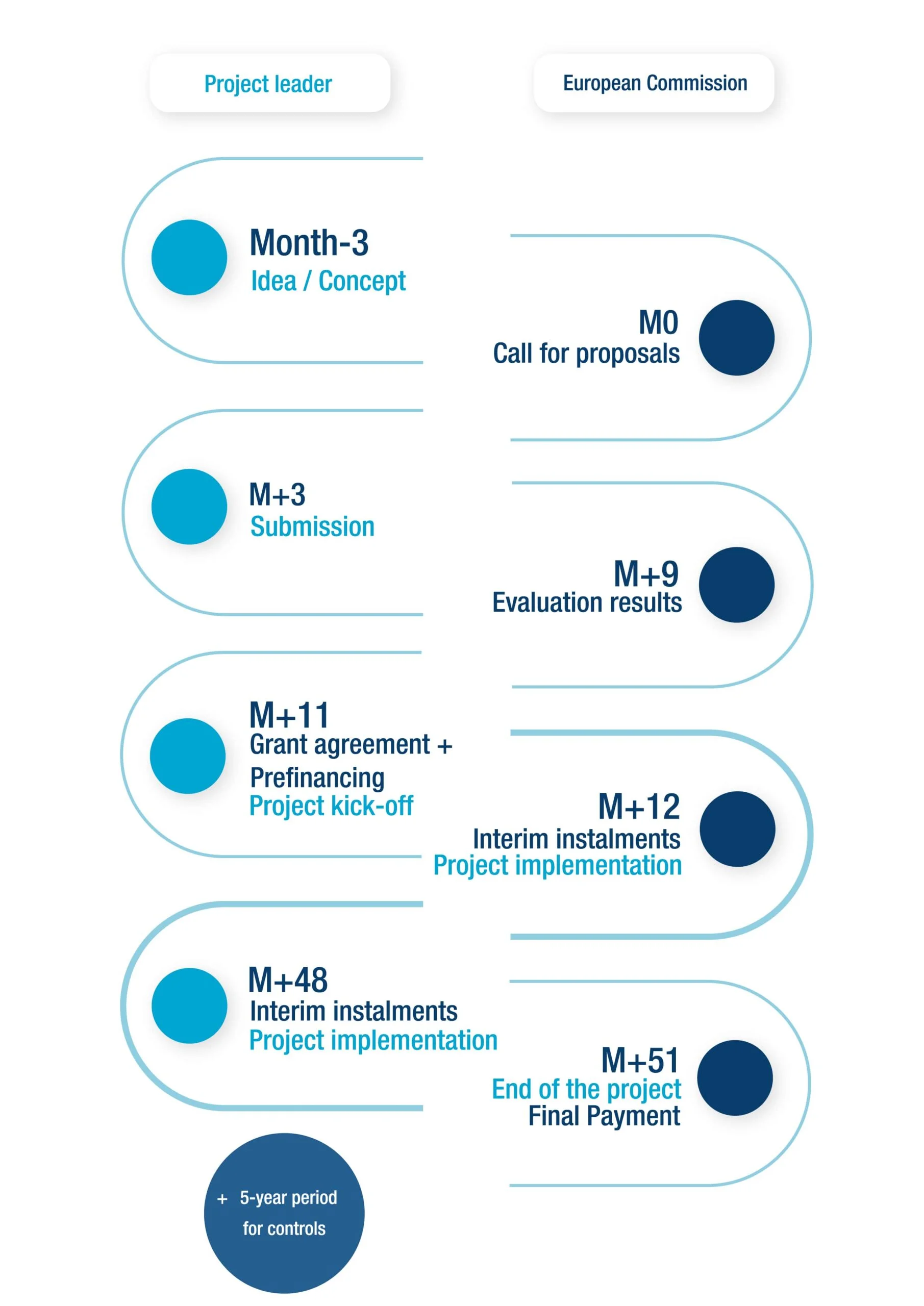+33(0)1 42 54 60 64 | contact@welcomeurope.com
+33(0)1 42 54 60 64 | contact@welcomeurope.com
Fund for: Strenghtening the cooperation between the Union and the Member States and to facilitate coordination in the field of civil protection in order to improve the effectiveness of systems for preventing, preapring for and responding to natural and manmade disaster. It also aims to protect primarily people, but also the environment and proprety, including cultural heritage, from all kinds of natural and man-made disasters, including the consequences of acts of terrorism, technological, radiological or environmental disasters, marine pollution and acute health emergencies.
3.3 billion euro
EU & International Organisation
Large company (> 250 employees)
Local Authority & Affiliated Entity
Smes & Start-Ups (< 249 Employees)
State administration & affiliated entities
Grant – Co-financing
The EU Civil Protection Mechanism has been established in 2001 by the EU Commission. It aims to strengthen cooperation between the EU Member States and 6 other Participating States on civil protection to improve prevention, preparedness and response to disasters. Whenever an emergency overwhelms the response capabilities of a country in Europe and beyond, it can request assistance through the Mechanism. The European Commission plays a key role in coordinating the disaster response worldwide,
Objectives
Priorities
Financed actions


| Cookie | Duration | Description |
|---|---|---|
| cookielawinfo-checbox-analytics | 11 months | This cookie is set by GDPR Cookie Consent plugin. The cookie is used to store the user consent for the cookies in the category "Analytics". |
| cookielawinfo-checbox-functional | 11 months | The cookie is set by GDPR cookie consent to record the user consent for the cookies in the category "Functional". |
| cookielawinfo-checbox-others | 11 months | This cookie is set by GDPR Cookie Consent plugin. The cookie is used to store the user consent for the cookies in the category "Other. |
| cookielawinfo-checkbox-necessary | 11 months | This cookie is set by GDPR Cookie Consent plugin. The cookies is used to store the user consent for the cookies in the category "Necessary". |
| cookielawinfo-checkbox-performance | 11 months | This cookie is set by GDPR Cookie Consent plugin. The cookie is used to store the user consent for the cookies in the category "Performance". |
| viewed_cookie_policy | 11 months | The cookie is set by the GDPR Cookie Consent plugin and is used to store whether or not user has consented to the use of cookies. It does not store any personal data. |
